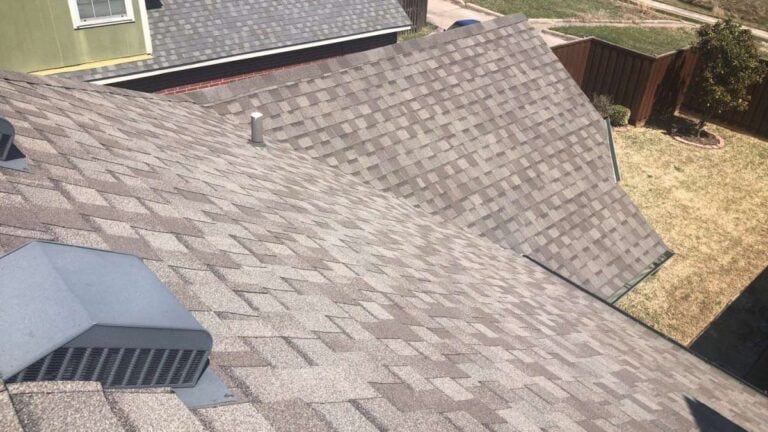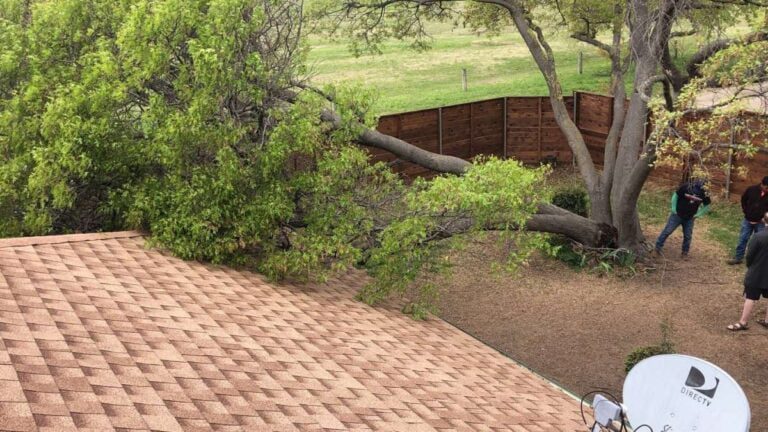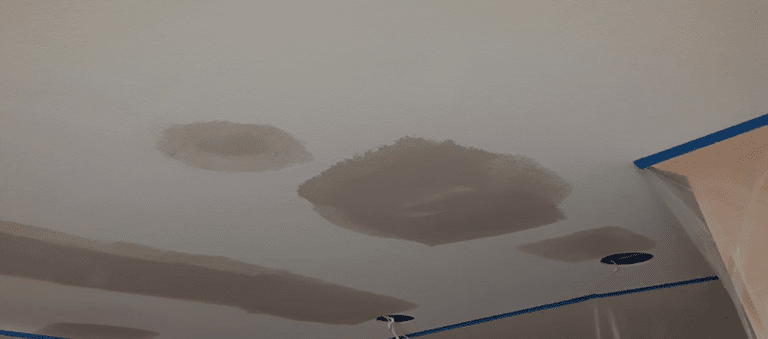Cold temperatures can lead to freezing water pipes. Frozen pipes in house, in turn, create a lot of pressure inside the pipe and can cause them to burst. Water pipe bursts can lead to serious flooding, especially if homeowners are out of town and there is no one to turn off the water. Preventing pipes from freezing is the best strategy to avoid costly damage. You can do so with any one of the following four simple steps or, better still, a combination of measures.
Step 1. Keep the heat on
If you or your tenants are leaving for a long period of time, it’s important to make sure that the heat is on in your property. This may cause more costly utility bills, but if frozen pipes burst, the house will need water damage restoration which is much more costly while flood damage causes a lot of damage to the possessions.
Step 2. Allow the faucet to drip
If you are expecting freezing temperatures and are afraid a pipe will freeze, you may open the faucet connected to the pipe so it is slightly dripping. Doing so allows to relieve pressure in the water system. It is actually the pressure that causes water damage from frozen water pipes. Allowing the faucet to be open will prevent this pressure from building up and will be preventing pipes from freezing.
Step 3. Keeping the doors inside the house open
If your pipes are located in cabinets, it is a good idea to keep their doors open when the temperature drops. The heat from the rest of the house can keep thawing frozen pipes. This would prevent blockage and pressure formation and therefore will unfreeze water pipes.
Step 4. Apply heating tape
Heating tape works like a warm blanket for pipes, supplying heat directly to them to keep them warm and preventing pipes from freezing. This can be a good solution for pipes that are located outside of your home or are at high risk of freezing. There are two types of heating tape. The first one turns on and off by itself when the heat is needed puberty the other one must be plugged in when the heat is needed and unplugged when not in use.
Keep in mind that it is a common misconception that frozen pipes are an issue only for homes in typically cold climates. Furthermore, the homes that are actually more vulnerable to frozen water pipes are those in typically warmer climates. That’s because the pipes may not be properly insulated, located in unprotected areas, or even outdoors. Abnormal temperature fluctuations can put these pipes at risk of freezing water pipes.




